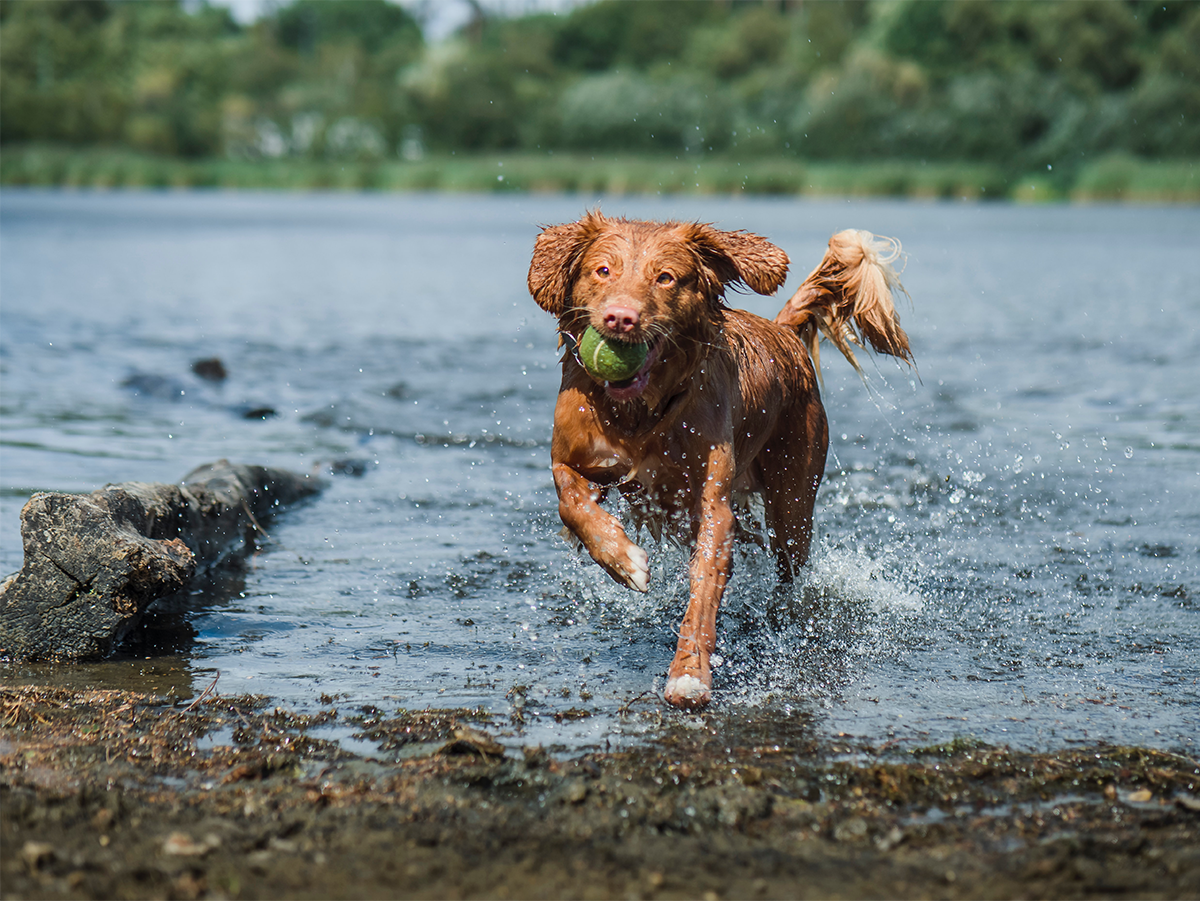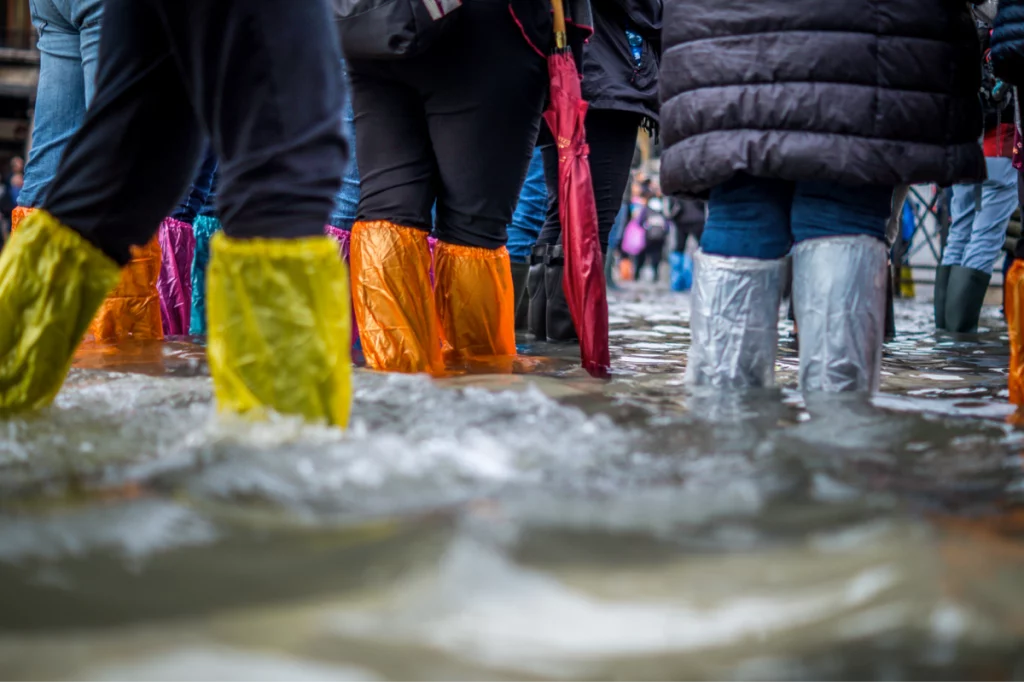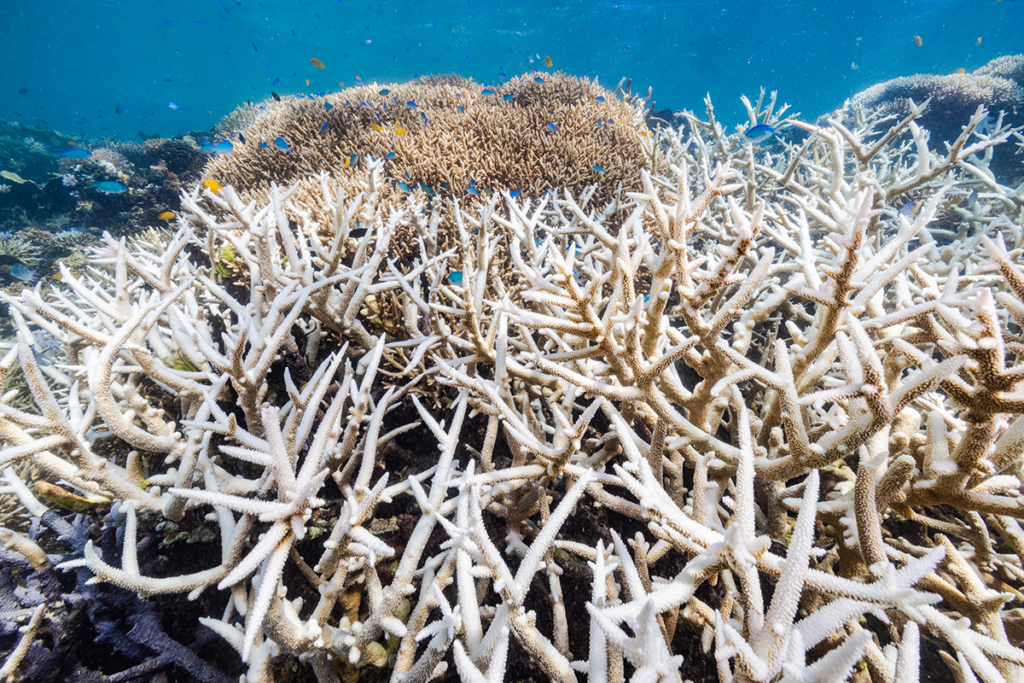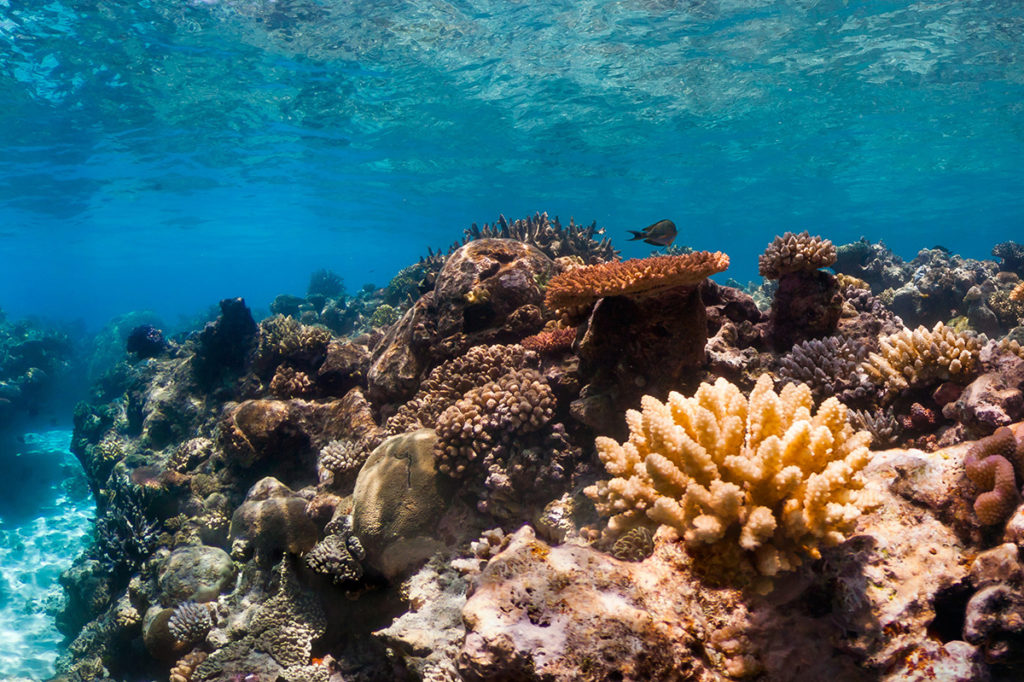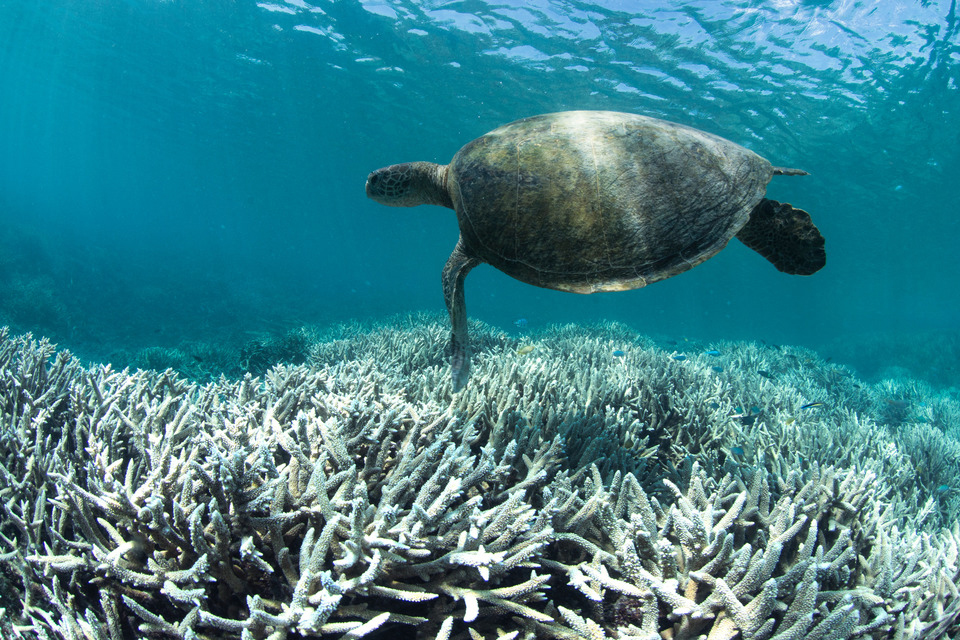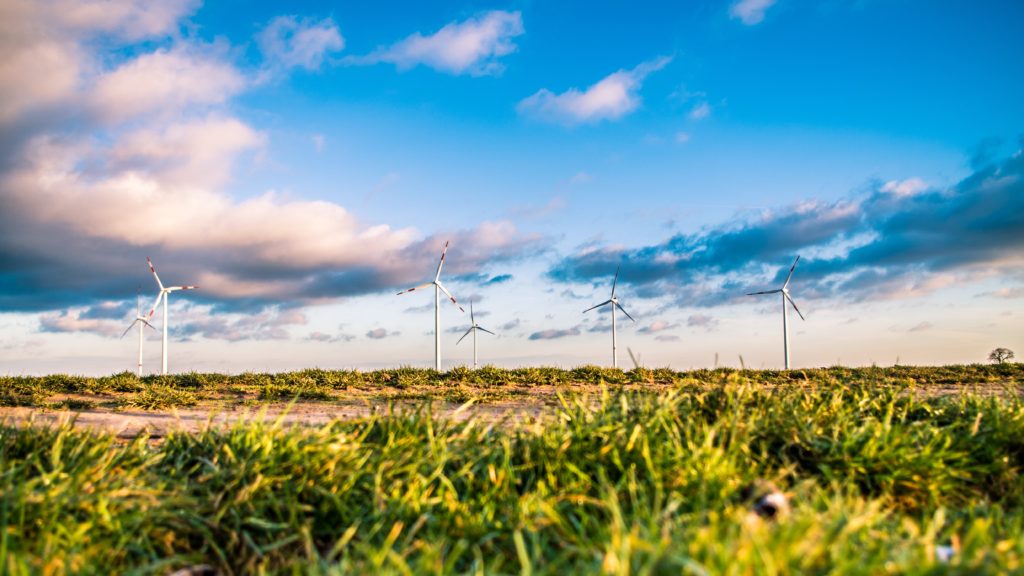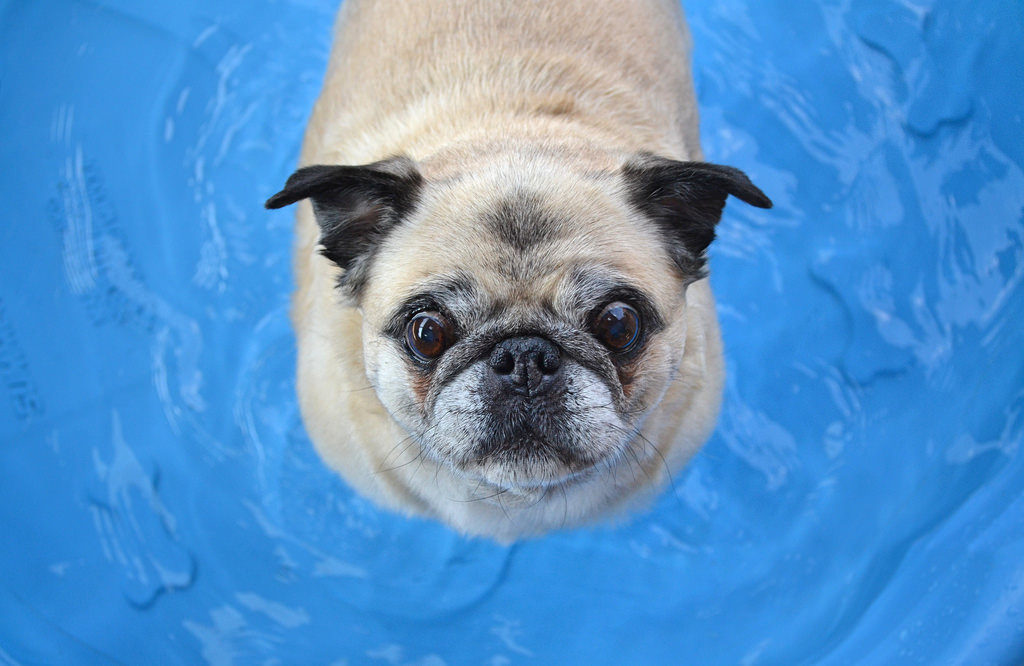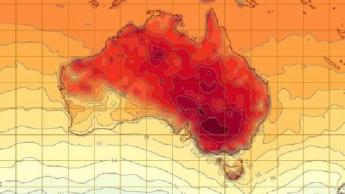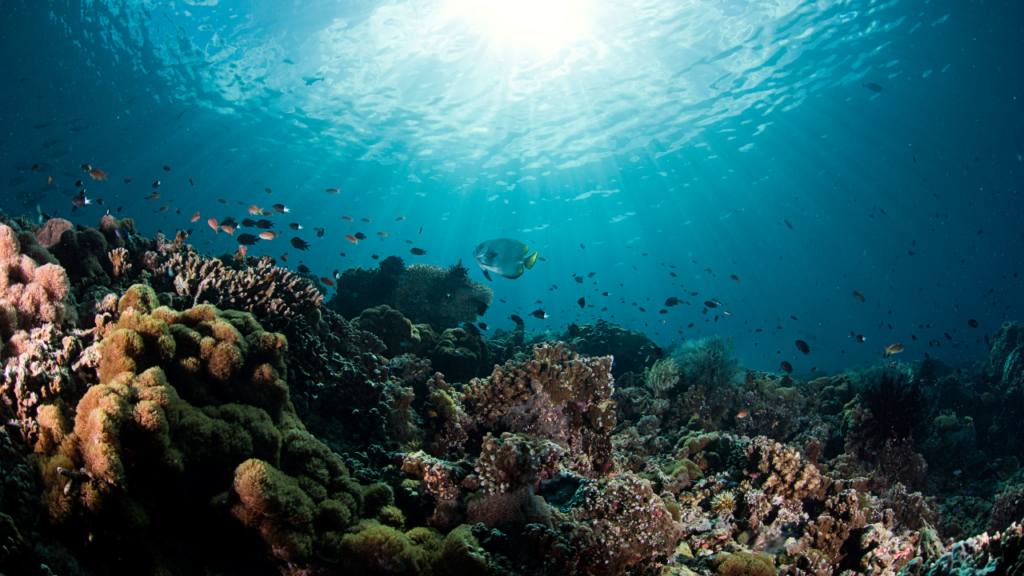Many areas of New South Wales and Queensland are currently experiencing intense rainfall and floods which have devastated communities, taken lives and caused billions of dollars worth of damage. All today’s weather is occurring in an atmosphere made warmer, wetter and more energetic due to climate change, driven by the burning of coal, oil and gas. So while Australia has always experienced floods, disasters like the one unfolding in NSW and QLD are likely to become more frequent and intense as climate change continues.
Flood events not only have a severe impact on human life and the economy, but also on our beloved pets, precious wildlife and valuable livestock.
So what can we do to help keep animals safe when cyclones, severe rain events and flooding are predicted?
Include animals in your planning
One of the best ways to keep companion animals safe is by including them in your Home Emergency Plan. Identification tags and microchips should be up to date, properly attached and safely recorded. Plan for a secure method of transport to suit your particular animals. Ensure all veterinary records and medications are current and you have several days worth of food, treats and water as well as any necessary medications. This way, you’ll be prepared to take care of your animal companions before, during, and after flooding events.
Reduce the risk for grazing animals
Property owners usually have a good knowledge of the geography of their land including river and creek systems that have flooded in the past. But as the climate deteriorates, we need to be prepared for the worst that can happen. Local councils, farming agencies and emergency services are all a good source of further information and assistance.
Animals should be moved to safety, which may mean opening gates and even removing fences to allow animals access to higher ground. In some situations, the evacuation and transport of animals to another place altogether may be necessary. Contingency plans may be needed to provide food and water if existing supplies become unavailable or contaminated. Most production animals now have permanent identification. This, together with good communication with neighbours, local authorities and the police will assist with relocation. After the flood event, producers need to be aware of potential disease consequences.
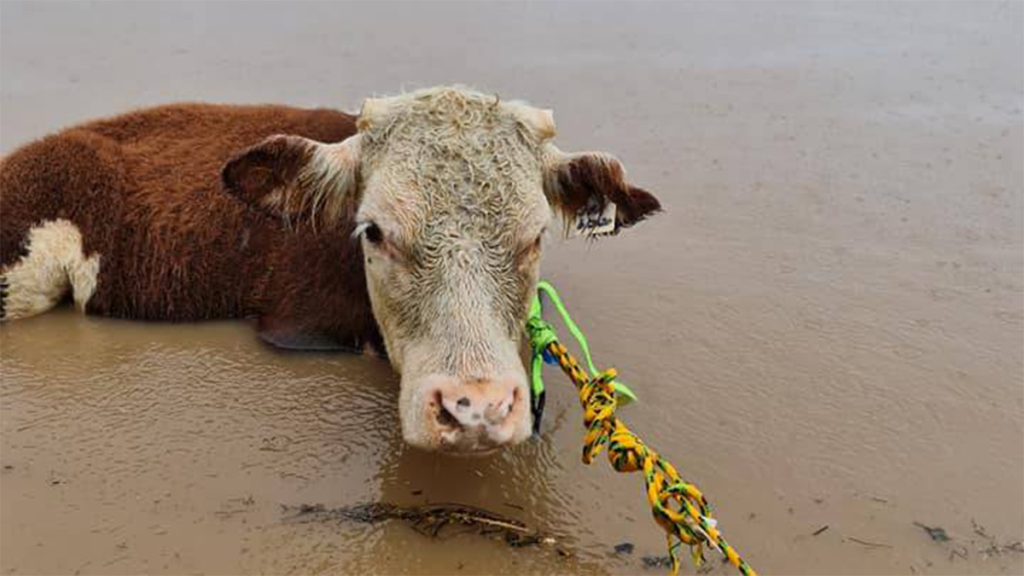
Practice and think ahead to perfect your plan
Most emergency services recommend you practice your Emergency Plan so that when the time comes you are well prepared. This is particularly true when animals are a part of your emergency plan, as the distress and chaos of the situation make it easy for things to go awry. Run through your plan before the worst happens, ensure you have back-up options, and anticipate anything that could go wrong in the process. This is much easier to do without the threat of imminent danger.
Help native wildlife
It’s also important to consider how you can help any native animals you may encounter in flood conditions. The best, easiest and safest way to help if you find a distressed animal is to first seek the advice of a trained wildlife rescuer or vet. If you can and it is safe to do so, restrain the animal with a towel and contain it in a clean dark box in a warm area until trained professionals arrive. Wildlife rescue organisations and vets can also give advice as to what food or liquids can be offered to affected animals if rescue is not possible straight away.
Support climate action before the flood
It’s also crucial that we remember extreme weather events like intense rainfall and flooding are being exacerbated by climate change brought about by the burning of coal, oil and gas. While all these tips for protecting your animals are useful, we also need the government to act on climate change, to give wildlife and animals the best chance of survival from future extreme weather events.
One of the most effective ways to achieve action is to persuade our Federal Government to radically cut emissions this decade and make tangible plans to reach Net Zero as soon as possible. You can vote, email your local MP and attend rallies to ensure our pets, wildlife and livestock remain important and valuable members of our lives and the planet. By joining Veterinarians for Climate Action you can help in their aim to halt the climate crisis and secure a shared future for animals and people. Stay safe and remember to heed all warnings from emergency services.
Extra resources and services
SES: 132 500
The New South Wales Government Local Land Services – 1300 795 299 for emergency support in managing livestock or flood impacts
The Queensland Government Business Queensland service provides advice and contact numbers for preparing animals for natural disasters
To find your closest qualified wildlife rescue service or vet, you can download this app.
You can make your own emergency plan here.
Wildlife helplines:
NSW: WIRES 1300 094 737
VIC: Wildlife Victoria (03) 8400 7300
QLD: RSPCA QLD 1300 ANIMAL
SA: Fauna Rescue of SA inc 08 8289 0896
WA: Wildcare WA (08) 9474 9055.
NT: Wildcare NT 08 8996 121.
TAS: Bonorong Wildlife Hospital and Rescue 0447 264 625
ACT: ACT Wildlife 0432 300 033
Evacuation centres:
Check in advance that your nearest evacuation centre is pet-friendly.

